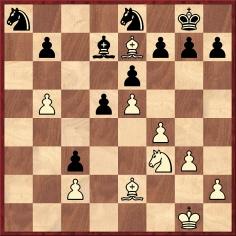
Edward Winter
(2010, with updates)
From page 132 of the 1 July 1946 issue of C.J.S. Purdy’s magazine Chess World:
‘Frank A. Crowl, the Australian Nimzowitsch, as we long ago dubbed him, is a player who cares absolutely nothing for orthodox theories. Even the almost universally accepted idea that White has an advantage by moving first is contradicted by him. Inspired by some articles in the old Wiener Schachzeitung (a great chess fortnightly [sic] which died when Hitler acquired Austria), he believes that the perfect game of chess would be won by Black. No-one can prove the contrary.’
The Chess World article concerned the previous year’s Victorian championship, and a specimen of Crowl’s play was introduced as follows:
Frank Arthur Crowl – J.A. Erksine‘The first game was considered by Dr Gellis [Max Gellis, the tournament winner] the best of the tourney, and when he himself was awarded the best-game prize for his game against Crowl he handed it over to Crowl – a typically Viennese gesture.’
1 b4 (‘I have nearly reached the conclusion that this is the only opening left now which offers White winning chances.’ – Crowl.) 1...Nf6 2 Bb2 e6 3 b5 Be7 4 e3 O-O 5 f4 c5 6 Nf3 a6 7 Nc3 d6 8 a4 Nbd7 9 Be2 axb5 10 axb5 Rxa1 11 Qxa1 Nb6 12 O-O Bd7 13 e4 Qa8 14 g3 Qxa1 15 Rxa1 Ra8 16 Rxa8+ Nxa8 17 e5 Ne8 18 Ba3 d5 19 d4 cxd4 20 Bxe7 dxc3

21 Bd8 Nec7 22 Nd4 Kf8 23 b6 Ne8 24 Bb5 Bc8 25 Kf2 f6 26 Ke3 fxe5 27 fxe5 g6 28 Kd3 Ng7 29 g4 Kf7 30 Kxc3 h6 31 Kb4 Ne8 32 Kc5 Kf8

33 Bd3 Kf7 34 Nb5 g5 35 Nd6+ Nxd6 36 Kxd6 Ke8 37 Bc7 Kf7 38 Bb5 Resigns.
Crowl regularly appeared in Purdy’s writings, and in C.N. 1859 (see pages 83-84 of Chess Explorations) we gave a spectacular correspondence game between the two players. Page 259 of our book noted that Purdy annotated the game on pages 89-90 of the 14 November 1938 issue of CHESS, calling it ‘easily the most exciting game I ever played, or am ever likely to play ... Both the winner and the loser declared, and still declare, this game to be the best in which either has ever taken part – surely a record’.

Another set of Purdy annotations to the game was reproduced on pages 19-22 of How Purdy Won by C.J.S. Purdy, F. Hutchings and K. Harrison (Cammeray, 1983). Below is the bare game-score:
Cecil John Seddon Purdy – Frank Arthur Crowl1 d4 Nf6 2 c4 e6 3 Nc3 Bb4 4 Qc2 Bxc3+ 5 Qxc3 Ne4 6 Qc2 f5 7 e3 b6 8 Bd3 Bb7 9 Ne2 Qh4 10 O-O Nc6 11 g3 Qf6 12 a3 Ng5 13 f3 O-O 14 Bd2 Rae8 15 Bc3 Qh6 16 h4 Nf7 17 e4 g5 18 Kg2 g4 19 fxg4
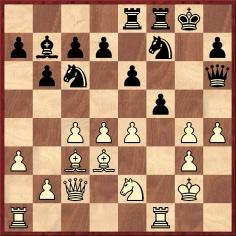
19...Nce5 20 dxe5 fxe4 21 Bxe4 Qg6

22 Rf5 Bxe4+ 23 Qxe4 exf5 24 gxf5 Nd6 25 Qd5+ Qf7 26 exd6 Rxe2+ 27 Kf3 Re6 28 g4 h5 29 dxc7 hxg4+ 30 Kxg4 Rc6 31 Rg1 Kh7 32 Qxf7+ Rxf7 33 Re1 Rxc4+ 34 Kg5 Rc5 35 Re5 Rg7+ 36 Kh5 Rc6

37 f6 Rxf6 38 Rg5 Rh6+ 39 Kg4 Rxg5+ 40 Kxg5 Rc6 41 Be5 d5 42 Kf5 b5 43 b4 a6 44 Kf4 Kg6 45 h5+ Kxh5 46 Ke3 Resigns.
An illustration on page 38 of the March-April 1965 Chess World:
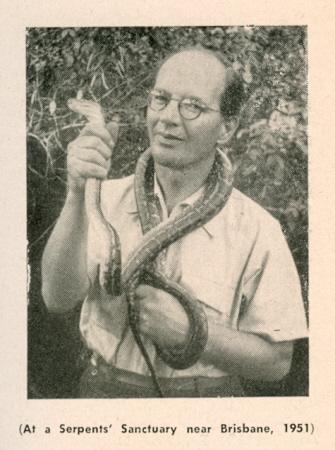
And from the same issue:
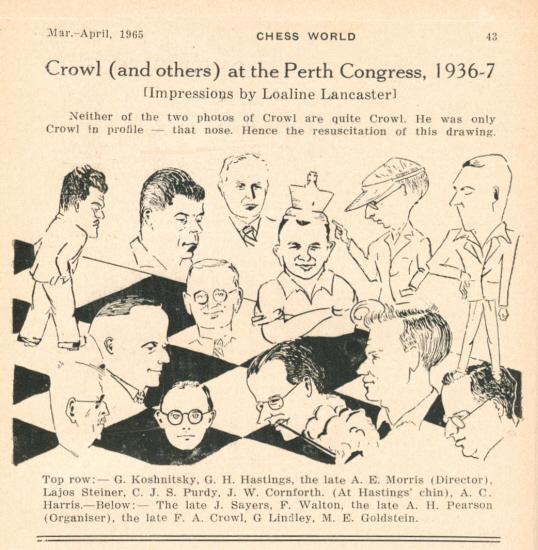
Despite coining the sobriquet ‘the Australian Nimzowitsch’ for Crowl, Purdy had occasion to note another side to him. From pages 31-32 of the 1 February 1950 issue of Chess World:
Frank Arthur Crowl – P. Ihnatenko‘And now, to show that Crowl can still play master chess, this really artistic display. It’s not a brilliancy in the ordinary sense – just elegant and polished chess. It doesn’t need many notes; everything follows in a logical chain. Quite Capablancan!’
1 e4 e5 2 Nf3 Nf6 3 Nxe5 d6 4 Nf3 Nxe4 5 Qe2 Qe7 6 d3 Nf6 7 Bg5 Qxe2+ 8 Bxe2 Be7 9 Nc3 c6 10 O-O-O Be6 11 h3 Nbd7 12 Nd4 O-O-O 13 Nxe6 fxe6 14 Be3 Kb8 15 g4 Nb6 (Here, Purdy unleashed an eye-catching neologism: ‘Black could have “unbackwarded” his KP with ...P-K4, but then 16 P-B4 would help to open the game for the bishops.’) 16 f4 Nfd5 17 Nxd5 Nxd5 18 Bd2 Rhf8 19 Rdf1 Rf7 20 c4 Nc7 21 d4 Rdf8 22 Bd3 g6 23 Kc2 Bf6 24 Be3 Bg7 25 h4 e5 26 dxe5 dxe5 27 f5 gxf5 28 gxf5 Ne8 29 Bc5 Rh8 30 Be2 Bf6 31 h5 b6 32 Be3 Rhf8 33 Rhg1 Bg7
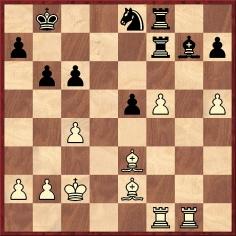
34 h6 Bf6 35 Bh5 Rd7 36 c5 Kb7 37 Rd1 Rd5 38 Bf3 Rxd1 39 Rxd1 Kc7 40 Rg1 Kb7 41 Be2 Nc7 42 Rg7 Bh4 43 cxb6 axb6 44 Bd3 Rh8 45 Be4 Bf6 46 Rf7 Bh4

47 b4 b5 48 a4 bxa4 49 b5 Kc8 50 bxc6 Bg3 51 f6 Ne8 52 Ra7 Kd8 53 Bb6+ Resigns.
Next, a feature about Crowl on pages 230-231 of Chess World, 1 October 1950:
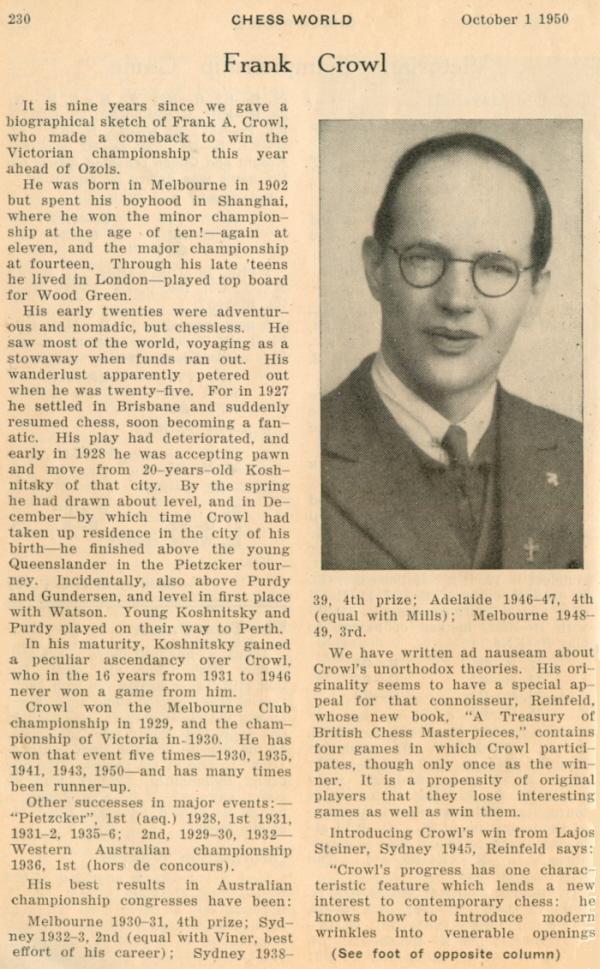

When Crowl died in 1965 most of the March-April issue of Chess World (published in August) was devoted to him. A lengthy obituary on pages 34-39 related his idiosyncrasies (including some qualities), and, under the heading ‘Masterpiece’, pages 51-52 reproduced from Check! of October 1945 Purdy’s annotations to one of the most famous games won by Crowl, against Lajos Steiner in the Australian Championship in Sydney, 1945. A key position:

Crowl played 19 Rhe1, a move accorded two exclamation marks by Purdy, who wrote:
‘The most inspired “mysterious rook move” (to use Nimzowitsch’s terminology) I ever saw. The rook provides a masked defence for the pawn on K4 (!) – not K3 – and thus threatens the beautiful knight offer 20 N-B4!! If then 20...PxN 21 PxP knight moves 22 P-B5.’
After 19...Qc4, White’s 20th move, a3, was awarded three exclamation marks, and the article in Check! and Chess World reported:
‘Steiner said that the combination prepared by Crowl’s 19th move was the deepest and most subtle ever conceived against him throughout his chess career.’
The annotations were reproduced on pages 152-153 of C.J.S. Purdy’s Fine Art of Chess Annotation and Other Thoughts compiled and edited by Ralph J. Tykodi (Davenport, 1992).
A number of Crowl’s best games have been given in the articles and books of Purdy. Many unannotated games and a record of his playing career can be found in the 2003 volume Australian Chess 1931 to 1948 by Anthony Wright. The first (unnumbered) page has the following note, on which we should like more information:
‘Erratum: Frank Crowl was born in Surrey, England, 1902, not in Melbourne, Australia.’
This was in correction of a statement made in the second (1997) volume in Wright’s series, and that earlier book too contained many games of Crowl’s. His playing career can also be traced thanks to volumes two and three of The Records of Australian Chess by John van Manen (Modbury Heights, 1987 and 1990). Australian Chess at the Top by Cathy Chua (Oaklands Park, 1998) has material on Crowl, including photographs and, on pages 55-59, extensive quotations from Purdy’s assessment of him. The best photograph of Crowl that we have seen is on page 25 of the mid-1980s booklet Care for a Game – The Story of Melbourne Chess Club by Robert Brooking:
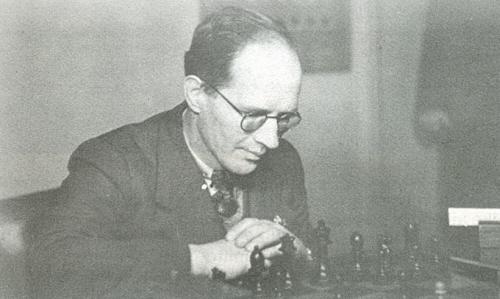
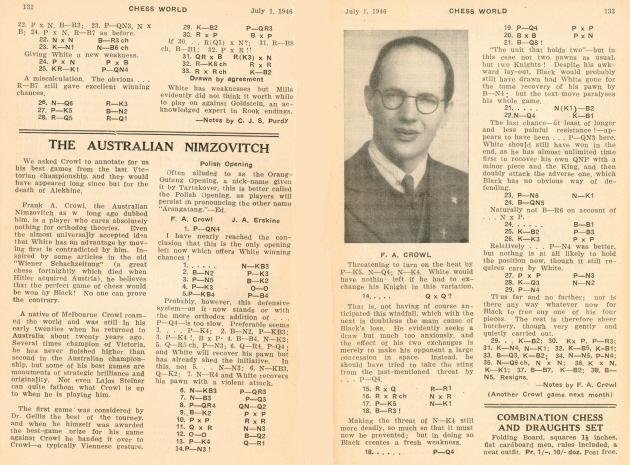
Mike Crowl (Dunedin, New Zealand), the son of F.A.C., draws attention to a webpage with family photographs.
Reference books (e.g. Gaige’s Chess Personalia, based on information in Chess World) state that Frank Crowl was born in Melbourne in 1902, but our correspondent confirms the correction quoted in our article: he was born in England (and lived there until in his mid or late teens).
(6865)
Mike Crowl adds the information given on his father’s birth certificate: Frank Arthur Crowl was born on 24 August 1902 in the registration district of St Pancras, and the sub-district of Kentish Town.
We are also grateful to our correspondent for permission to reproduce this photograph:
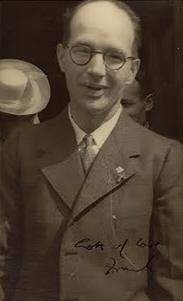
Frank Arthur Crowl
(6872)
The nickname for F.A. Crowl, ‘the Australian Nimzowitsch’, was the heading to his game against L. Steiner in the 1936-37 Australian championship in Perth on page 57 of the Australasian Chess Review, 27 February 1937.
An earlier appearance of the Crowl/snake photograph shown above was on page 165 of Chess World, August 1951:

To the Chess Notes main page.
To the Archives for other feature articles.
Copyright: Edward Winter. All rights reserved.